Today we present our latest project, developed in partnership with CITEVE - the Portuguese Technological Center for the Textile and Clothing Industries. Together we have developed a robotics laboratory, capable of responding to the challenges presented by the STV (Textile and Clothing Sector), creating solutions capable of increasing companies' production efficiency and reducing costs.
Are you curious to know what tests are carried out in this laboratory? Read on to find out more!
This laboratory was created as part of the mobilizing agenda, the PRR Texp@ct - Innovation Pact for the Digitalization of Textiles and Clothing. The main objectives of this project are to increase the digital maturity of the Portuguese Textile Cluster and to reduce the excessive dependence of this industry, particularly the clothing industry, on human intervention. This RRP is all the more relevant at a time when the STV is facing a shortage of skilled labor.
In this laboratory, CITEVE intends to create pilot projects and industrial demonstrators that aim, using industrial automation and robotics, to be the lighthouse of development in the textile industry.
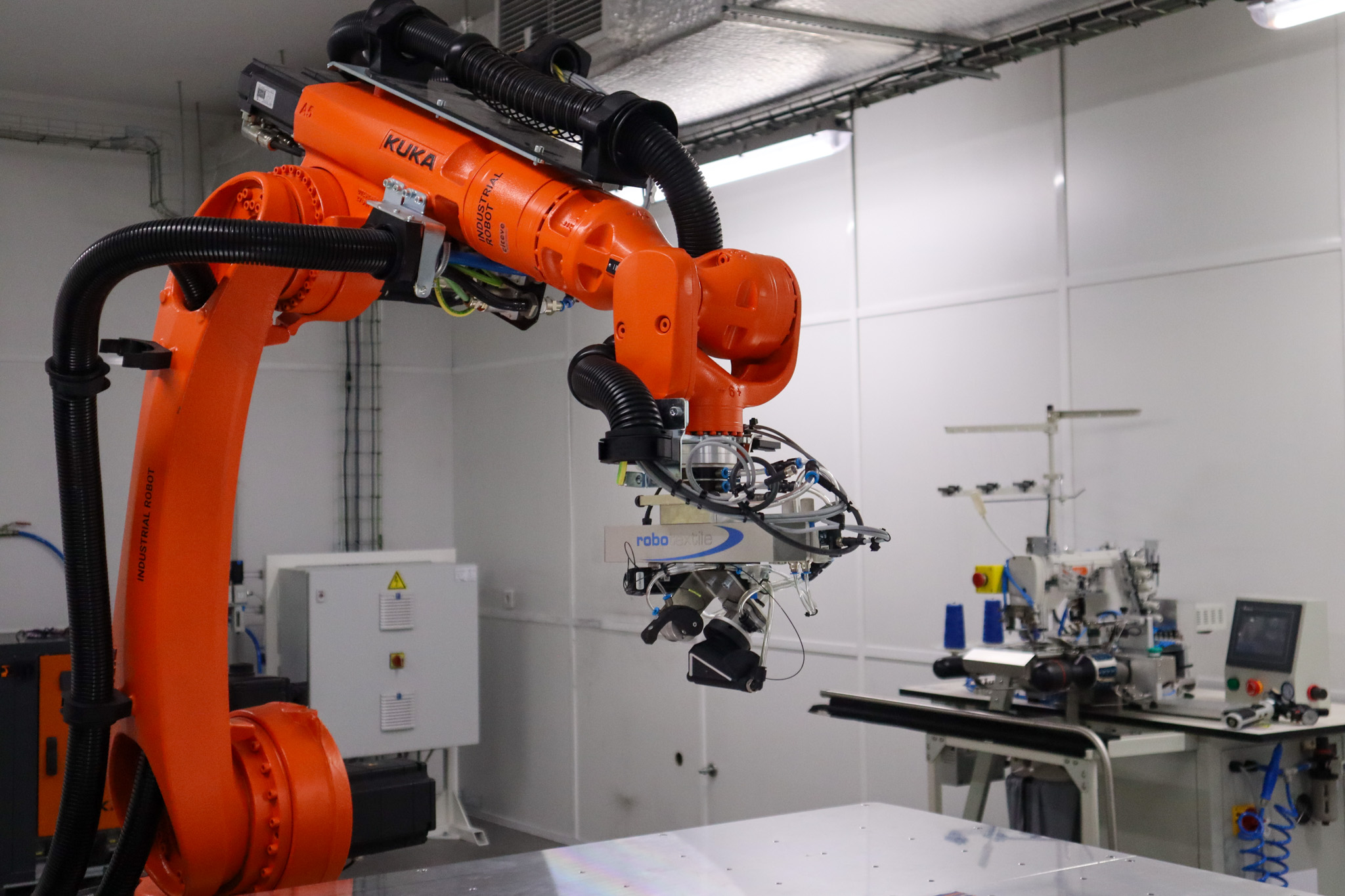
With an industrial robot, a collaborative robot, different grippers, a table for positioning fabrics and knits and two sewing areas, this cell is able to carry different fabric handling tests. Due to the wide range of fabrics and knits on the market, the automation of fabric handling requires this laboratory to be equipped with different grippers.
When handling fabrics, it is important to take into account factors such as the flexibility of the material, its sensitivity to pressure and the variations in texture and thickness of the fabrics, in order to avoid damage when handling them.
Some of the tests carried out in the lab:
- Fabric Pick and Place
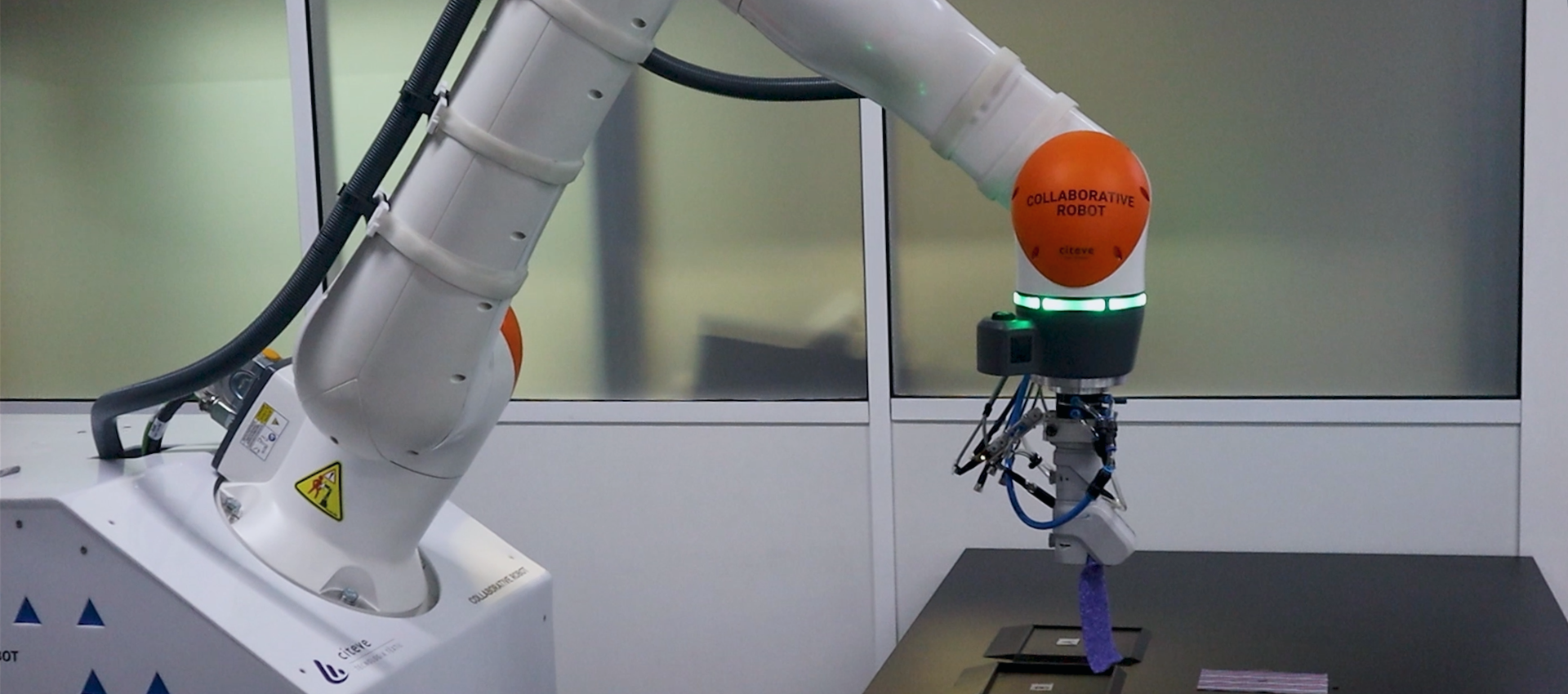
- Automatic sewing
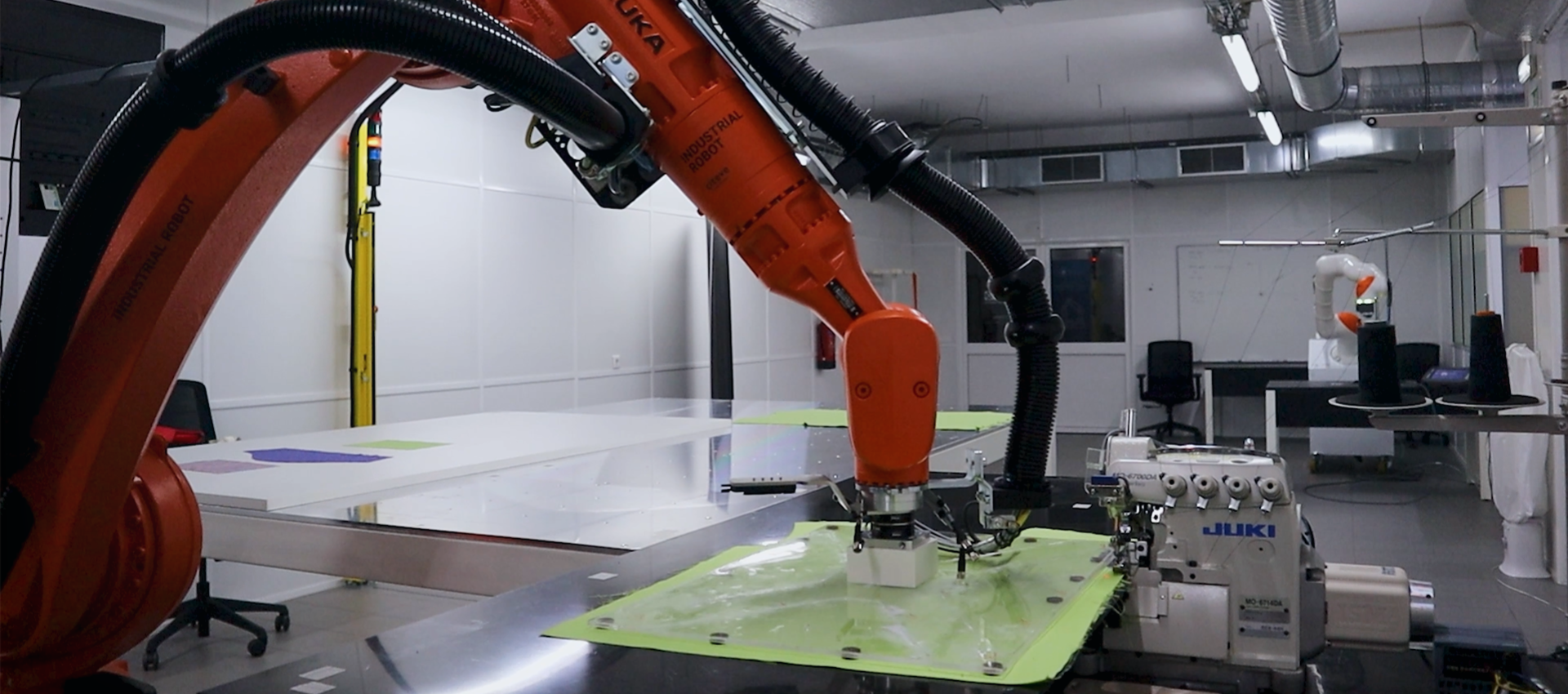
- Computer Vision - Setting points for manipulation
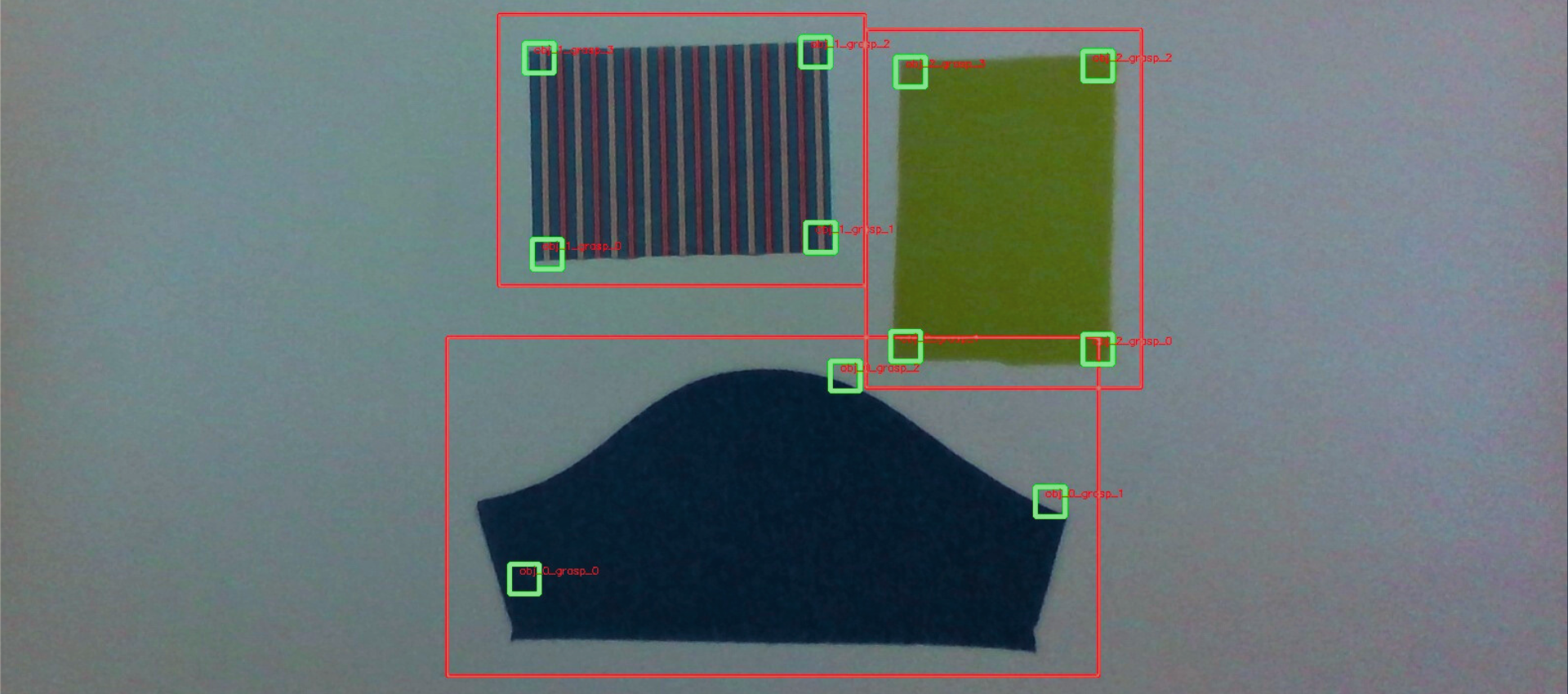
“The evolution of robotics in the textile sector is going to become natural, it's not a question of whether or not it will happen. This progress will take place, we can only try to determine when it will happen. And that's only natural, because in fact there is a lack of manpower, it's transversal to all sectors and the textile and clothing sector is no exception.”
Nelson Rodrigues | Digital Transition Department - CITEVE
Impact on the Textile and Clothing Sector
The success of this project opens up new opportunities for the textile and clothing sector. Automating tasks such as picking and placing garments and sewing fabrics will increase companies' productivity and production efficiency. In addition, the precision and repeatability guaranteed by robots could reduce material waste and thus improve the sustainability of production processes.
The Robotics Laboratory is an example of how technological innovation can respond to the challenges of traditional sectors such as the textile and clothing sectors. This is just the start of a digital transformation that will have a profound impact on this sector.
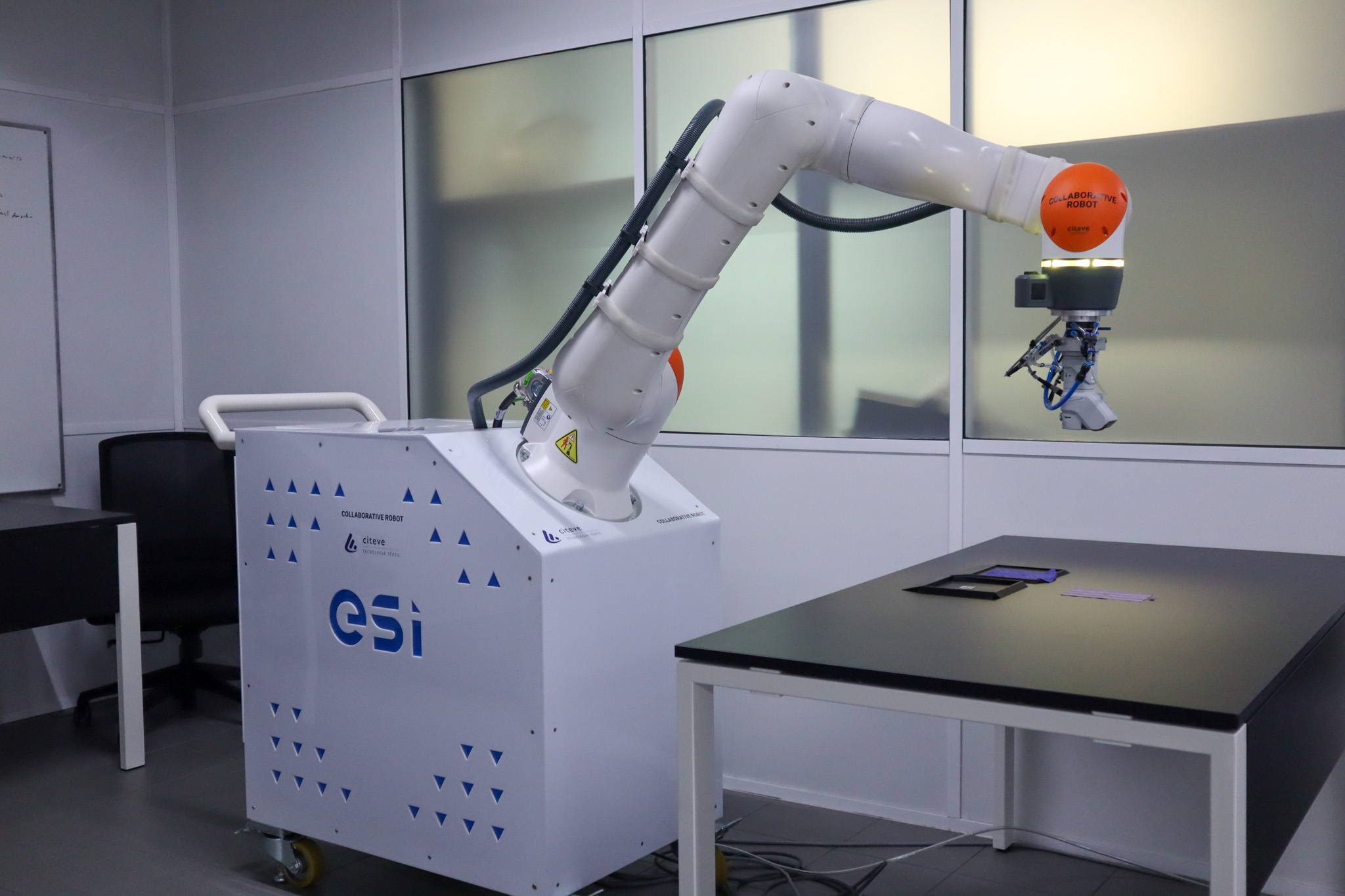
See also: ESI Robotics Joins TEXP@CT Project to Bring Innovation to the Textile Sector
